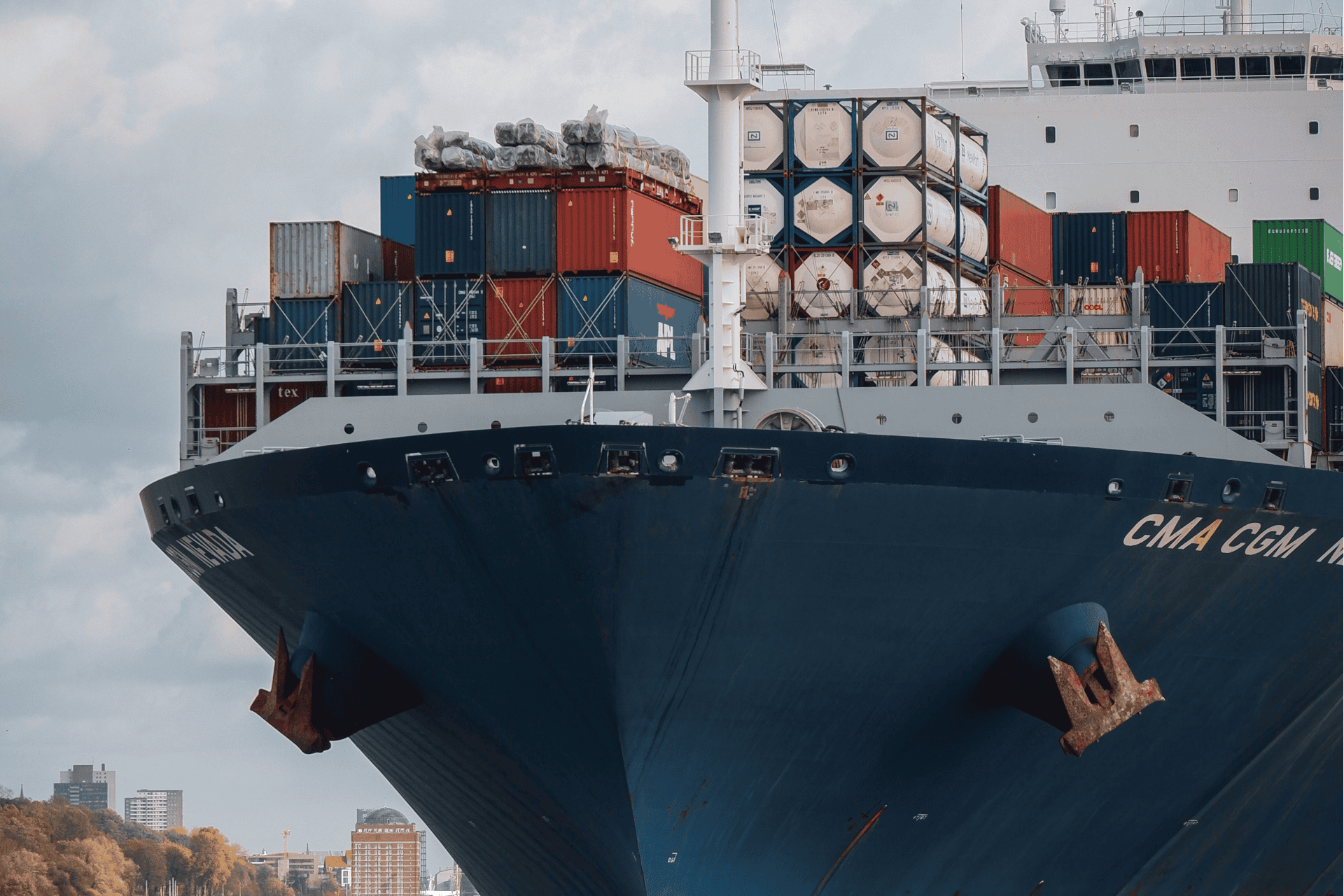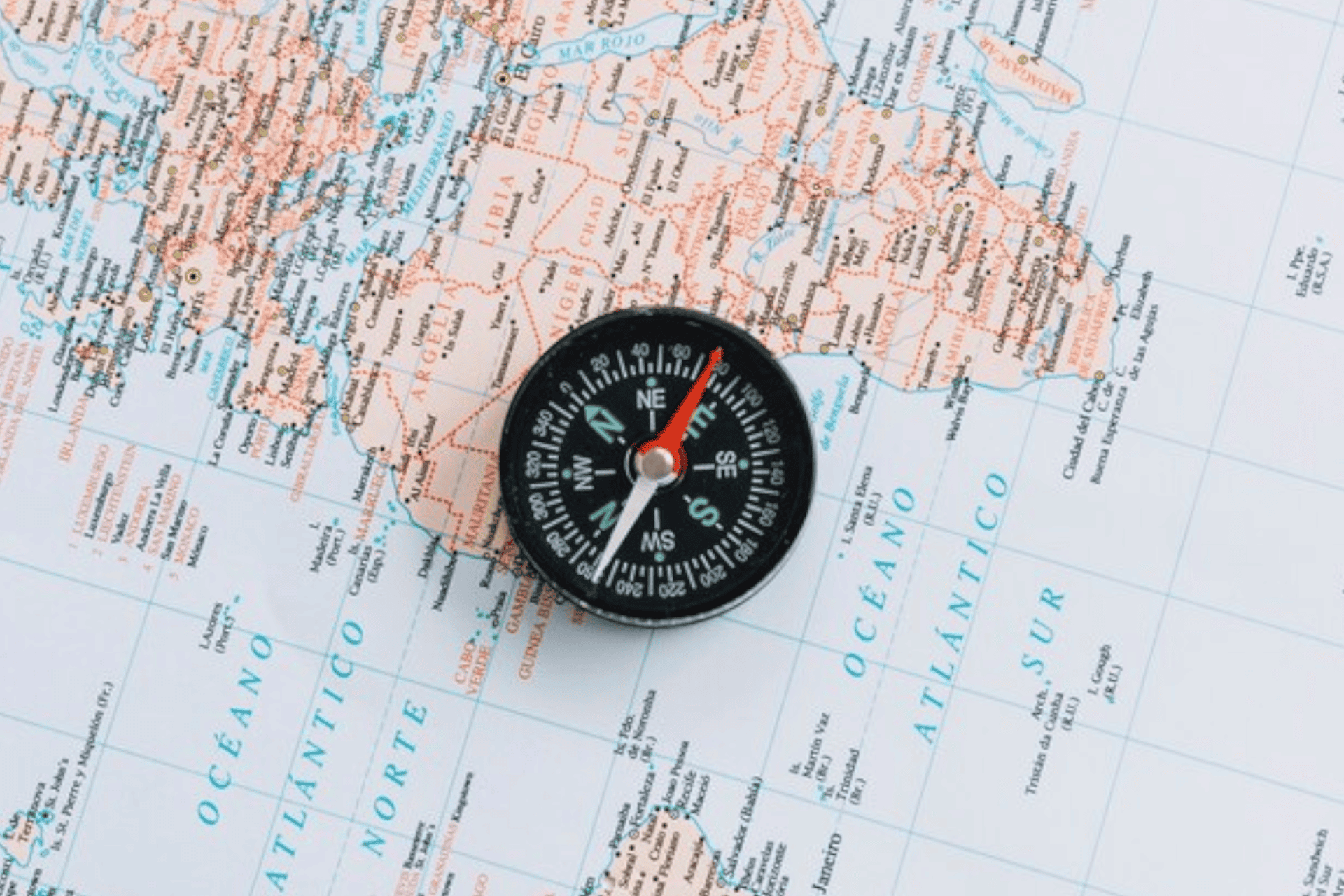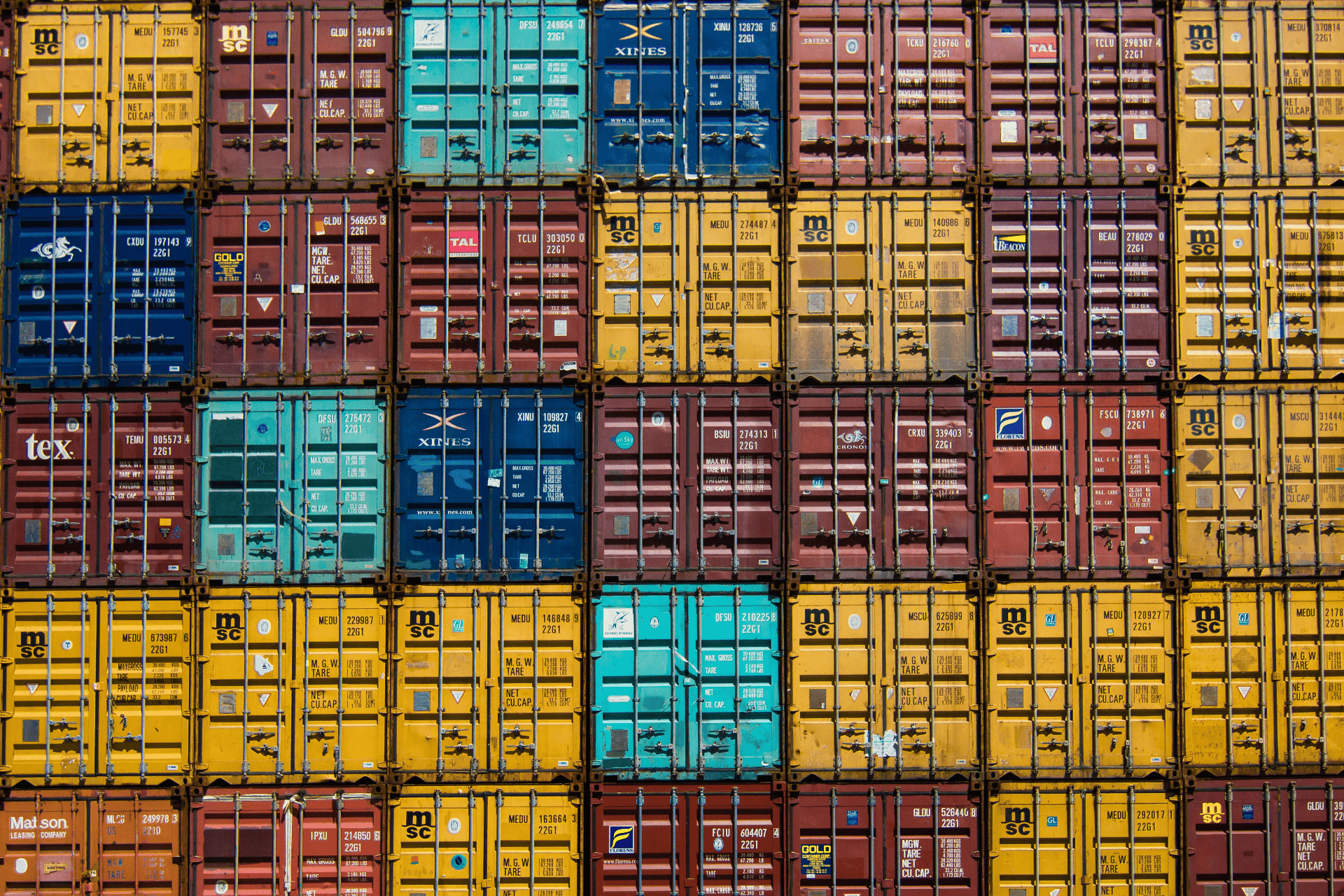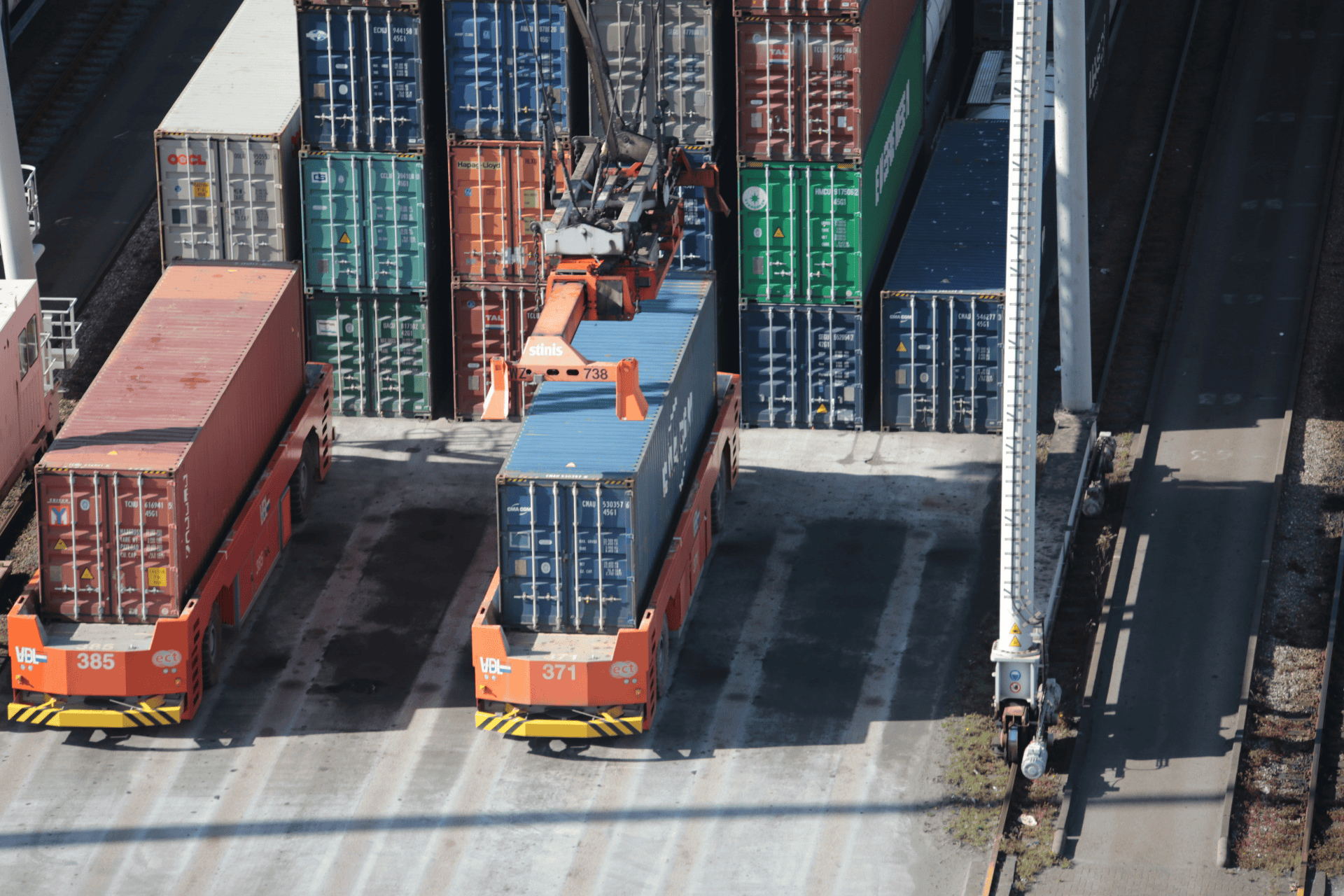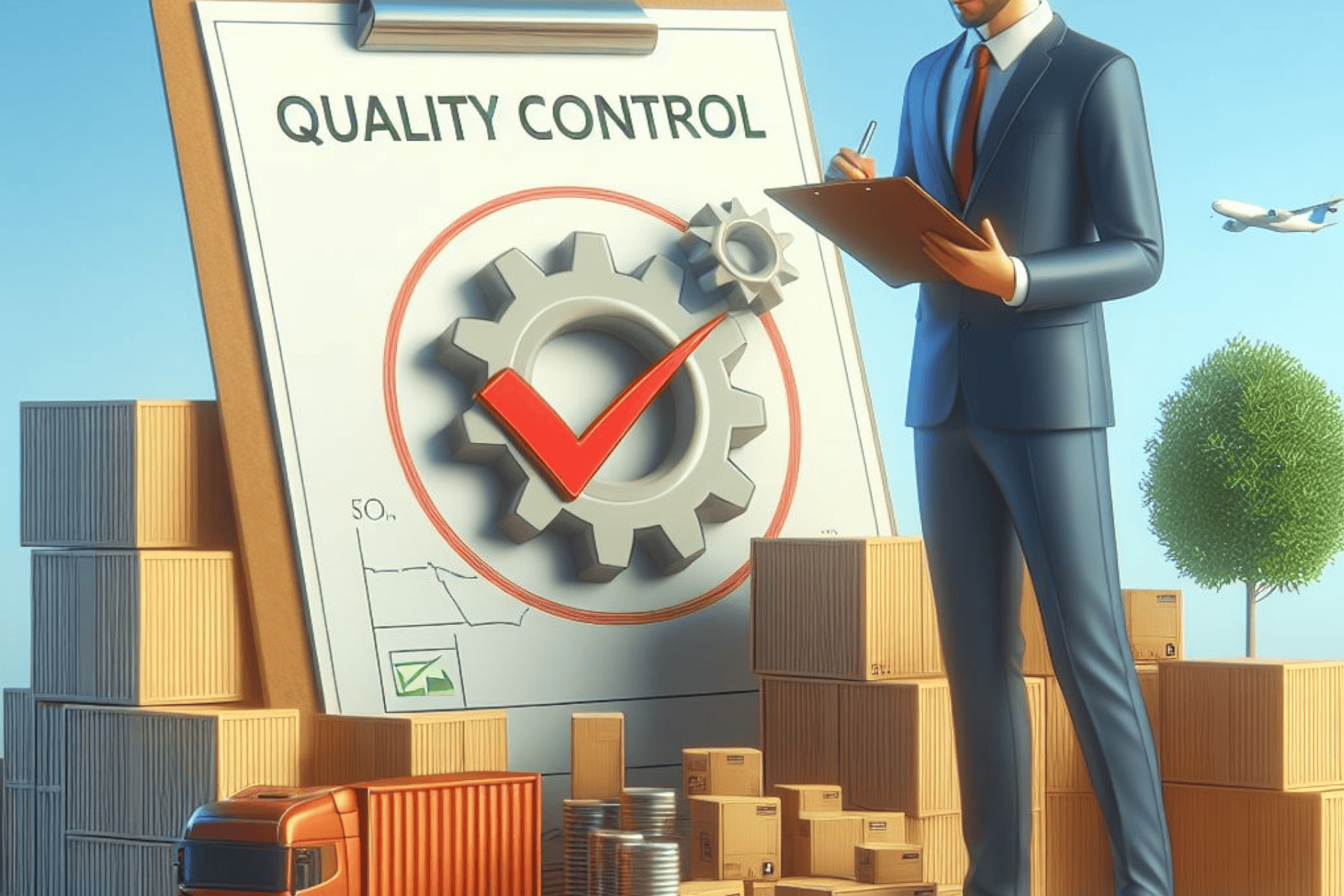Export packaging standards are non-negotiable when it comes to safeguarding your products during transit. By prioritizing compliance and investing in robust packaging solutions, you can mitigate the risks of damage, regulatory issues, and reputational damage. Remember, the safety of your goods begins with the packaging choices you make.
In the global marketplace, exporting products is a common practice for businesses seeking to expand their reach and tap into new markets. However, amidst the excitement of venturing into new territories, one critical aspect often overlooked is export packaging standards. The safety and integrity of your products during transit hinge on adhering to these standards, ensuring they arrive at their destination unscathed. Let's delve into why export packaging standards are essential and how you can navigate them effectively.
The Importance of Export Packaging Standards
Export packaging standards are not arbitrary guidelines; they are meticulously crafted to protect your goods during the rigors of transportation. Here's why they matter:
- Protection from Damage: Products endure a series of handling processes during transportation, including loading, unloading, and possibly rough terrain. Proper packaging ensures that your goods remain intact despite these challenges, minimizing the risk of damage.
- Compliance with Regulations: Different countries have varying regulations governing packaging materials and methods. Adhering to export packaging standards ensures compliance with these regulations, preventing delays at customs and potential fines or rejections.
- Preserving Brand Reputation: A damaged product upon arrival reflects poorly on your brand's reputation. By investing in robust export packaging, you demonstrate your commitment to quality and customer satisfaction, bolstering trust in your brand.
- Cost Efficiency: While it may seem like an additional expense, adhering to export packaging standards can save you money in the long run. By preventing damage and minimizing returns, you avoid the costs associated with replacing or repairing products.
Navigating Export Packaging Standards
Now that we understand the significance of export packaging standards, let's explore how you can ensure compliance:
- Research Destination Country Regulations: Each country has its own set of packaging regulations. Before shipping your products, research the specific requirements of your destination country regarding packaging materials, dimensions, and labeling.
- Choose Appropriate Materials: Select packaging materials that provide adequate protection for your products. Consider factors such as fragility, weight, and sensitivity to environmental conditions. Common materials include corrugated cardboard, foam inserts, and bubble wrap.
- Secure Packaging Design: Design your packaging to withstand the stresses of transportation. Reinforce corners and edges, use cushioning materials to absorb shocks, and ensure proper sealing to prevent moisture or dust infiltration.
- Labeling and Documentation: Accurate labeling is crucial for customs clearance and efficient handling. Include essential information such as product descriptions, quantity, weight, and handling instructions. Additionally, ensure compliance with any labeling requirements specific to the destination country.
- Test and Iterate: Before mass production, conduct thorough testing of your packaging to simulate transportation conditions. Identify any weaknesses or vulnerabilities and refine your design accordingly. Continuous improvement is key to ensuring optimal protection for your products.
#ExportPackaging #InternationalTrade #Logistics #SupplyChain #ProductSafety #BusinessExpansion #Compliance #BrandReputation #CustomsRegulations #PackagingMaterials
Related Information




